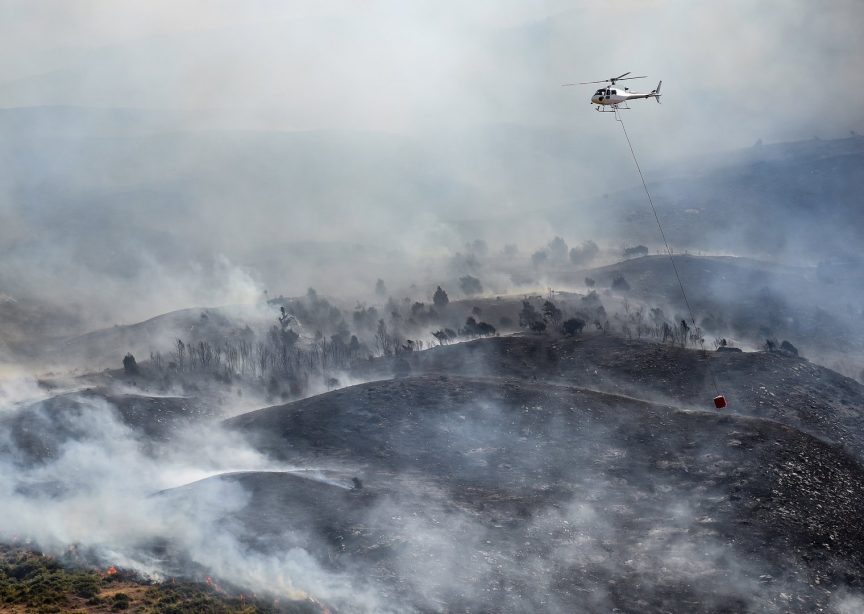Analysis of Maryland case load during June 2023 Western Canadian fires reveals increases in clinical encounters for cardiopulmonary disease
By Lori Solomon HealthDay Reporter
TUESDAY, Dec. 17, 2024 (HealthDay News) — Increases in clinical encounters for cardiopulmonary disease are seen from exposure to remote wildfire smoke, according to a study published online Dec. 13 in JAMA Network Open.
Mary E. Maldarelli, M.D., from the University of Maryland-Institute for Health Computing in Bethesda, and colleagues investigated the association of wildfire smoke originating in Western Canadian provinces with cardiopulmonary disease burden in sociodemographically heterogenous populations in the Eastern United States. The analysis compared diagnostic codes extracted from a single health system from June 2023 versus June 2018 and June 2019, while statewide air quality analysis identified June 6 to 8 and 28 to 30 as hotspot days for high particulate matter concentrations.
The researchers identified 2,339 cardiopulmonary clinical encounters in June 2023 and 3,609 encounters in June 2018-2019. The proportion of clinical encounters occurring on hotspot days in June 2023 was 25.1 percent versus 22.3 percent during control years (χ2 = 6.07; adjusted odds ratio, 1.18). For cardiac diseases, there was a 20 percent increase in odds for a clinical encounter. Compared with control years, patients with cardiopulmonary encounters on hotspot days had greater socioeconomic advantage.
“In this case-only study of a large medical system, we identified an increased cardiopulmonary disease burden for residents of Maryland that was likely associated with contemporaneous wildfire smoke-based infiltration of polluted or toxic air originating from Western Canada up to 2,100 miles remotely,” the authors write.
One author disclosed ties to the pharmaceutical industry.
Copyright © 2024 HealthDay. All rights reserved.

